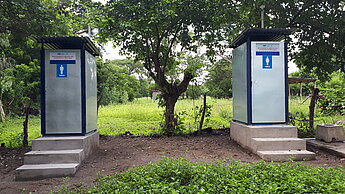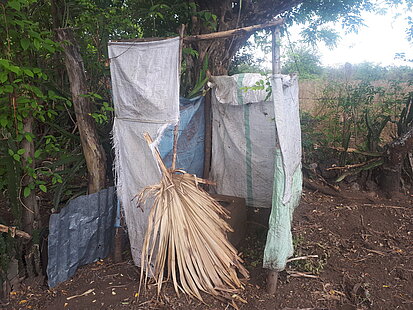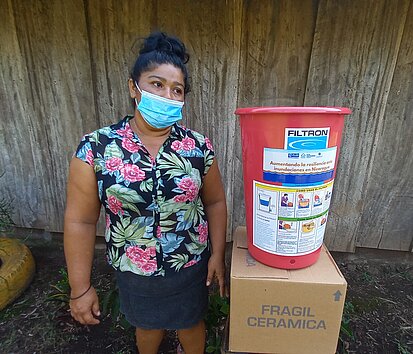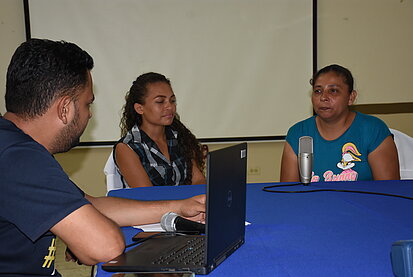[Zur deutschen Version] From August to November, rural communities in Chinandega, Nicaragua, are exposed to pluvial and coastal flood risks, which cause already poor water and sanitation facilities to malfunction. Using the Flood Resilience Measurement for Communities (FRMC), Plan International worked with members of four highly affected communities and identified basic sanitation as a key priority in increasing flood resilience.
Heavy rainfall floods latrines, risking human wastewater contaminating the groundwater and, in worst cases, the wells from which community members derive their drinking water. Between May and October 2021, Plan enabled access to safe-to-use latrines and water filters for clean drinking water for the most vulnerable families in the communities. In addition, Plan conducted a series of training sessions on the adequate use of the latrines and filters in order to maximize their lifespans.




